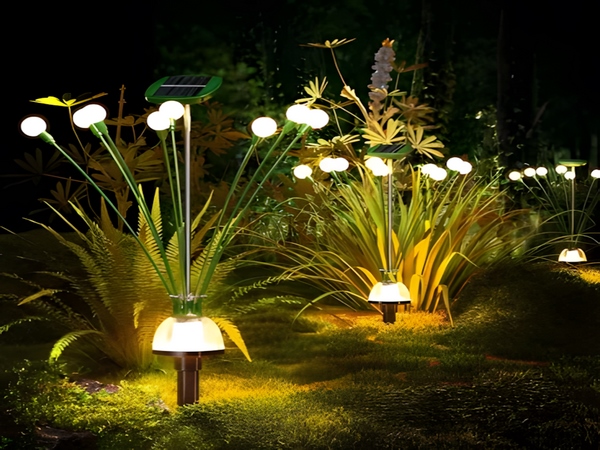
With the continuous improvement of solar cell conversion efficiency and production technology, the application of solar photovoltaic power generation is becoming increasingly widespread. In the field of lighting, solar street lights, as the main application model of photovoltaic power generation systems, are being recognized and accepted by more and more people. The operation of solar street lights is controlled by a solar controller, which is also known as a solar charge and discharge controller. So, what are the usage instructions for solar street lights? Below is an introduction from Century Sunshine Lighting.
Instructions for using the solar street light controller:

Charging and over-voltage indication:

When the system is properly connected and sunlight reaches the photovoltaic panel, the charging indicator (1) will be green and steady, indicating that the system’s charging circuit is functioning normally. If the charging indicator (1) flashes green rapidly, it indicates that the system is experiencing over-voltage, and users should refer to the troubleshooting section. The charging process uses PWM mode; if over-discharge occurs, charging must first raise the charging voltage and maintain it for 10 minutes, then drop to the direct charging voltage and hold for another 10 minutes to activate the battery and prevent sulfation. Finally, it will drop to the float charging voltage and maintain it. If there is no over-discharge, there will be no boosted charging mode to prevent battery water loss. These automatic control processes will optimize the battery charging effect and ensure or extend its service life.
Battery status indication:
When the battery voltage is within the normal range, the status indicator (2) will be green and steady. After being fully charged, the status indicator will flash green slowly. If the battery voltage drops to an under-voltage level, the status indicator will turn orange-yellow. When the battery voltage continues to decrease to an over-discharge level, the status indicator (2) will turn red. At this time, the controller will automatically shut off the output to prompt the user to replenish energy in a timely manner. Once the battery voltage recovers within the normal operating range, the output will automatically enable, and the status indicator (2) will turn green.
Load indication:
When the load is activated, the load indicator (3) will be steady on. If the load current exceeds 1.25 times the rated current of the controller for 60 seconds, or exceeds 1.5 times the rated current for 5 seconds, the indicator (3) will flash red slowly, indicating an overload, and the controller will shut off the output. If a short circuit occurs on the load or load side, the controller will immediately shut off the output, and the indicator (3) will flash rapidly. In such cases, users should carefully check the load connection. After disconnecting the faulty load, pressing the button once will allow normal operation within 30 seconds, or it can return to normal operation the next day.
This concludes the instructions for using the solar street light controller. We hope this article is helpful. If you have any other questions about solar street lights, you can follow Century Sunshine manufacturer or leave a message to the editor. We look forward to discussing with you!



